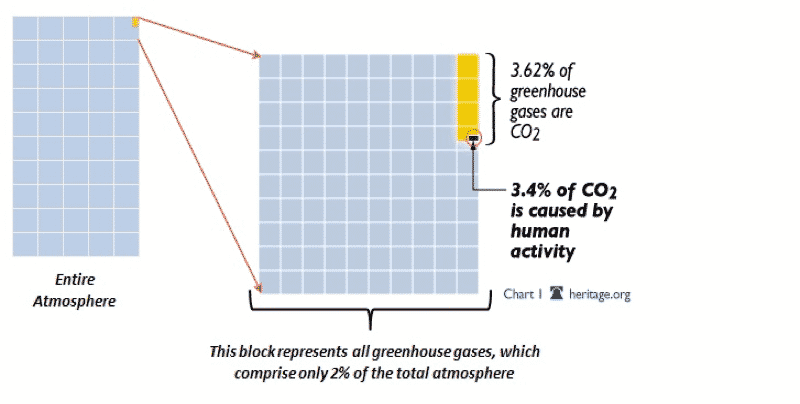Nell’articolo pubblicato qualche giorno fa sul Journal of Geophysical Research, è stato rilevato nei ghiacciai interni delle montagne asiatiche del Plateau sul Tibet, che stanno guadagnando notevoli quantità di massa di ghiaccio. Secondo gli autori, vi è un “segnale positivo notevole (+30 Gigaton/anno) nel Tibet interno, difficilmente spiegabile” e quasi completamente offset la perdita di 35Gigaton/anno altrove nella regione.
Gli autori Shuang Yi e Wenke Sun, hanno ipotizzato un possibile ciclo di 5 anni, dove ritrovano in altri luoghi asiatici una aumento della massa dei ghiacciai di alta montagna, come la più probabile causa naturale con “l’influenza della Arctic Oscillation ed El Niño-Southern Oscillation”.
***********************************************
Evaluation of Glacier Changes in High Mountain Asia Based on 10-year GRACE-RL05 Models
Shuang Yi*, Wenke Sun
In this paper, 10 years of time-variable gravity data from the Gravity Recovery and Climate Experiment (GRACE) Release 05 have been used to evaluate the glacier melting rate in High Mountain Asia (HMA) using a new computing scheme, i.e., the Space Domain Inverse (SADI) method. We find that in HMA area there are three different kinds of signal sources that should be treated together. The two generally accepted sources, glacier melting and India underground water depletion, are estimated to change at the rate of -35.0 ± 5.8 Gt/yr (0.09 mm/yr sea level rising) and -30.6 ± 5.0 Gt/yr, respectively. The third source is the remarkable positive signal (+30 Gt/yr) in the inner Tibet Plateau, which is challenging to explain. Further, we have found that there is a five-year undulation in Pamir and Karakoram, which can explain the controversies of the previous studies on the glacier melting rate here. This five-year signal can be explained by the influence of Arctic Oscillation and El Niño-Southern Oscillation.
http://onlinelibrary.wiley.com/doi/10.1002/2013JB010860/abstract
Enzo
Solar Activity



